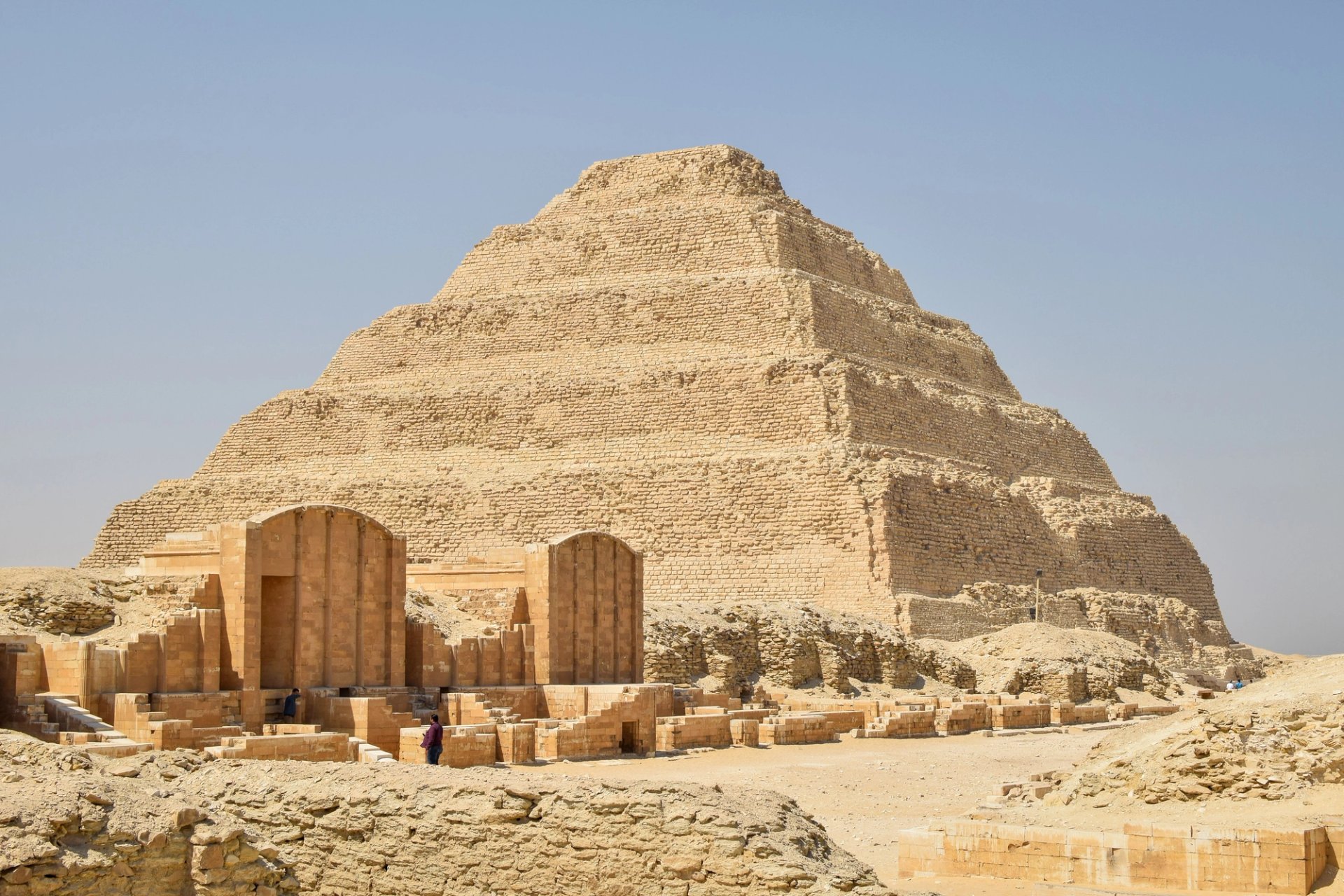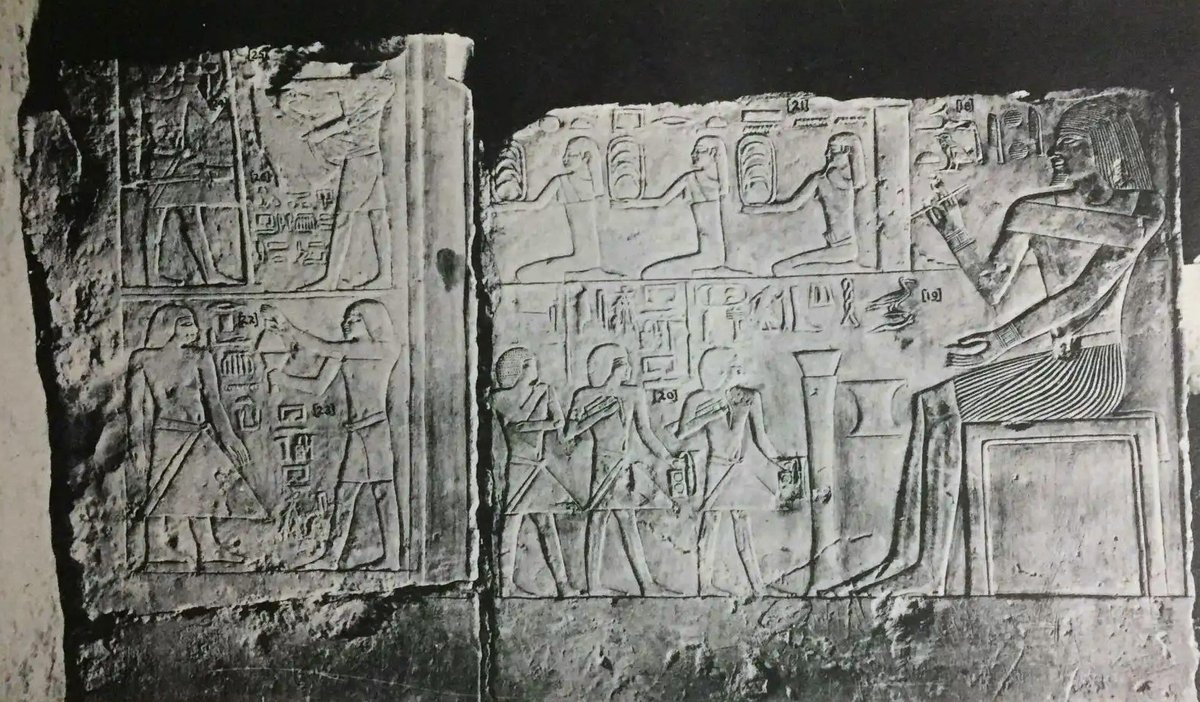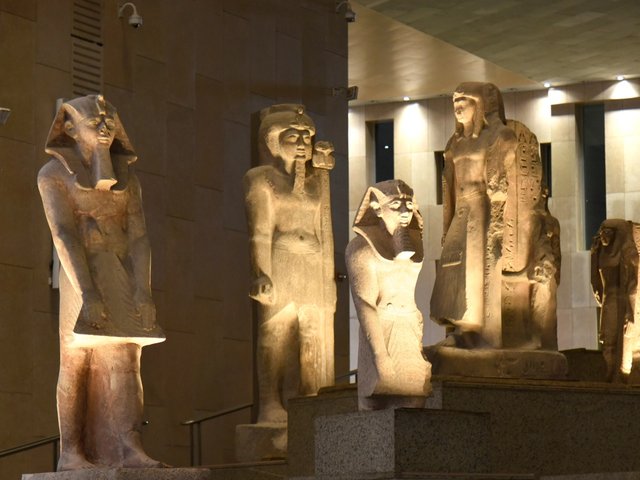A rare limestone relief has vanished from a tomb in Egypt’s well-known Saqqara necropolis, the country’s antiquities authority has announced.
The work disappeared from the tomb of Khentika, who was a vizier in the late reign of Teti, the first pharaoh of the sixth dynasty. The tomb was discovered in the 1950s, after which it was closed to the public—and used for storage by the Ministry of Tourism and Antiquities—until 2019.
The relief depicts Khentika seated at an easel, painting the three seasons from the ancient Egyptian calendar, which divided the year according to the Nile River’s ebb and flow. This motif is extremely rare in Ancient Egyptian art. “It is only one of two [known] in the entire history of Egypt,” Gabriele Pieke, the head of the antiquity department at Reiss-Engelhorn Museums Mannheim and an Egytologist, tells The Art Newspaper. “Khentika copied the motif from his neighbour Mereruka, whose tomb is only a few years older.”
Pieke describes the apparent theft as “an archaeological tragedy”.
It is not clear when the relief disappeared, but according to a report by Cairo 24 news outlet, it was discovered missing by a British mission in May. The only remnant of the Khentika relief is now found in what remains the most comprehensive study of the tomb, or mastaba, completed in 1953 by British Egyptologist TGH James.
The Ministry of Antiquities issued a statement on the theft, in which it said that “all necessary legal actions have been taken and the matter has been forwarded to the public prosecutor for investigation”. It added that it will ensure that “the Egyptian archaeological heritage is preserved and protected from any violations or illegal practices”.
However, an active black market for antiquities, among other factors, have raised concern among heritage experts regarding the safety of Egyptian antiquities.
The relief’s disappearance comes less than a month after an ancient pharaoh’s bracelet was stolen from the Egyptian Museum in Cairo and melted for its gold.

The pyramid of Djoser in Saqqara
Photo: Syaifur Rohman
Saqqara, an Egyptian village in the Giza governate about 30km south of Cairo, contains the ancient burial grounds of Egyptian royalty. It was once the site of the necropolis of the ancient Egyptian capital of Memphis and several pyramids still stand there, including the Pyramid of Djoser. The area is also home to a vast number of mastaba—flat-roofed, rectangular tombs made of mudbrick in which many eminent Egyptians were buried during the Early Dynastic Period and the Old Kingdom.
Together with two other complexes it is part of the Memphite Necropolis, which was designated as a Unesco World Heritage Site in 1979.
The relief’s disappearance coincides with the news that Khaled Al-Anani, Egypt’s former minister of tourism and antiquities, is set to be appointed as Unesco’s new director general.





